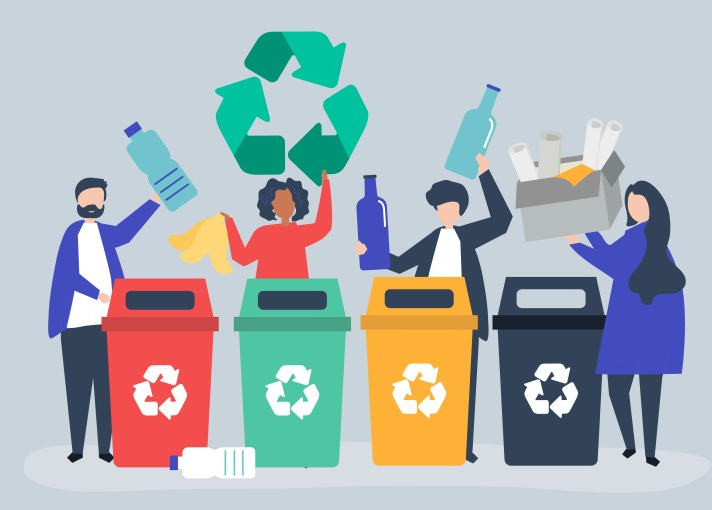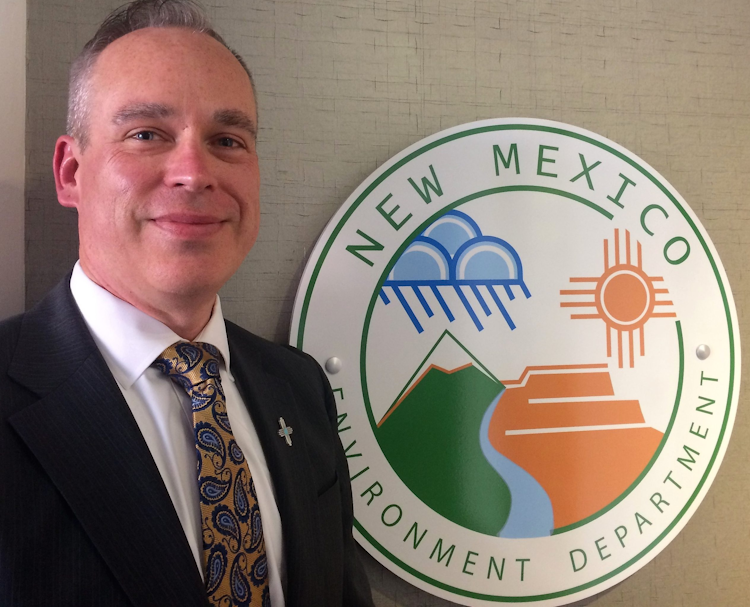The sorting bin serves its purpose. From numerous readings in social sciences, cross-referenced with photos of waste bins recorded around the world, an idea came to improve the bin. A redesigned bin combined with better communication could better serve the quality of sorting.
Being surprised about waste management
We must know how to question and be surprised by what seems normal and obvious. How about everyday sorting errors? Annoyed by the persistence of sorting errors and annoyed to often hear the fault put solely on the shoulders of the sorters, some users have their doubts. This doubt led some to criticize not the sorter as is common but to shift their focus to criticize the sorting container, the trash can.
How many times have we heard about sorting “people do anything”, “they don’t give a damn”, “it’s bad will”? This cannot be enough to explain the poor sorting, placing the blame solely on the individual is reductive, simplistic. All these remarks have therefore led some to think a little against the dominant discourse that they have sometimes internalized for ease. Let’s reflect on the influence of the environment in the sorting gesture thanks to the work of the social sciences in particular. Maybe the trash didn’t help sort things better.
Better sorting also means a little prevention
The environmental code includes in prevention the reduction of harmful effects of waste produced on the environment and human health. Sorting errors have certain environmental consequences, particularly in terms of greenhouse gas emissions (the increase in which leads to climate change).
In the USA, almost 30 years ago, a new federal law obliged local authorities to develop selective collections to gradually abandon landfilling. Today, sorting and recycling have progressed significantly but the sorting and disposal of household waste still has room for improvement. The recycling rate for packaging and graphic papers was only 63% in 2018. This rate has plateaued, it has only increased by one percent per year for almost 20 years despite significant communication efforts.
This is also true for waste sorting in general (including occasional), from 2007 in 2019, American people who sort their household waste increased from 78% to 82%. The communication observation was already made more than 20 years ago, the very low level of information among the population on waste management issues contrasts with the extent of information-communication implemented by different categories of actor, including the government. Another observed that local authorities and service companies were making significant information efforts for communication linked to the development of selective collection and double that in the launch phase.
Some eco-organizations communicate to inform and raise awareness among residents about sorting actions, both for adults and children. Despite this, only 49% of American people sort light packaging systematically.
Lack of information and lack of knowledge: major causes of non-sorting
Also, 45% of American people say they look for sorting instructions via a sorting memo or a note on the packaging, which are sometimes contradictory. For almost 20 years, research has indicated that occasional sorters and non-sorters are distinguished from regular sorters by their low level of knowledge relating to sorting instructions.
This was confirmed in 2017 by a meta-analysis published in the Journal of Environmental Psychology, the lack of information and knowledge is the main obstacle to participation in sorting and quality sorting. Information confirmed again in a recent study, which carried out using the quota method indicating that 29% of respondents among those who do not systematically sort would be encouraged to sort their household waste more with better information on sorting instructions.
Yet in other areas, such as action on climate change, everything suggests that information is not a determinant of action, according to academics specializing in environmental communication. Communication for sorting therefore escapes this logic for various reasons. It therefore still needs to be improved today to communicate better rather than communicate more. Information overload blurs the possibilities for a waste sorter to encounter truthful information about waste sorting.
He can find information both on the packaging, on the waste containers, on the community’s website, at the EPA, in the press, via his neighbors… and this information is sometimes contradictory, this which can confuse, discourage. And he may resort to hiring a dumpster instead of limiting his waste creation.


